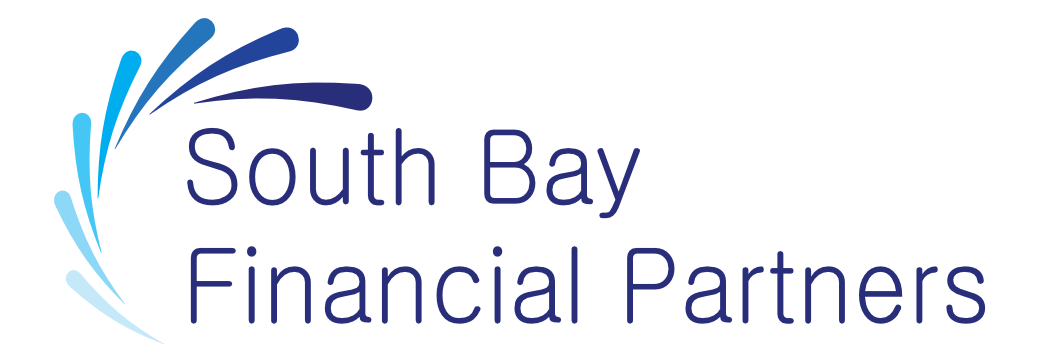
If you hear the words 401(k), HSA, and deductibles and you look like this…

You’ve come to the right place.
Whether you’re reading this because you just landed your first job (congratulations 🎉) or you’re just looking for some clarification, we’re here with all of the answers to make sure you find success in your career, finances, and life!
Let’s get started.
So, what the heck is a 401(k)?
A 401(k) is your employer sponsored retirement plan.
They come in many different forms, but this is the most common and most well known. It’s an opportunity to save for retirement in a tax advantaged way. I’d say the first step is to figure out if your employer matches and how much you need to contribute in order to take full advantage of the matching schedule.
You may have two types of 401(k) accounts offered, a Traditional and a Roth.
Traditional 401(k)
Everyone will have a Traditional available and that allows you to put money into the retirement account BEFORE taxes are taken out. If you put in $1,000, that’s $1,000 off the top of your pay before taxes are taken out. But don’t worry, the government won’t let you NOT pay taxes. You’ll pay taxes on those dollars when you take them out during retirement. This is called “Traditional” because it was the way retirement accounts worked when they were first designed back when your grandparents were probably still working. The idea was that you would be in a lower tax bracket when you retire and therefore you would pay less taxes in the long run.
Roth 401(k)
Roth plans were introduced recently because it was discovered that people often are NOT in a lower tax bracket when they retire. Many people take as much out of their retirement plan after retiring as they were getting as salary before retirement and therefore they were in the same tax bracket. All that great planning was for naught. But the government realized the errors of their ways and designed the Roth plans. In these plans, the money you put in is AFTER taxes are paid. (The IRS wants taxes one way or another. No getting out of taxes completely!)
With a Roth plan, when you contribute $1,000 from your paycheck, you will first pay taxes on that money. Say you’re in the 20% tax bracket and your state taxes are 5%, you will have $250 go to taxes and $750 will be deposited into your Roth IRA. That may seem like a bad deal BUT, you will never pay taxes on that money again. Ever! Hopefully, that $750 grows for the next 10, 20, 30, 40 years. And say you have interest, dividends, and growth of $2,000 on that $750, you get to take out $2,750 in retirement and not pay a penny in taxes. Sweet deal, right!?
How much should I contribute?
It’s difficult to give blanket advice here about how much to contribute to Roth versus Traditional because there are so many variables involved. Our rule of thumb is 50/50. When you’re younger and in a lower tax bracket, you may want to put in more than 50% and when you’re older and in a higher tax bracket, you’ll want to put in less. But 50/50 is a good all purpose target.
Most employers that offer 401(k)s are now offering a Roth option so it’s important to make sure you are also taking advantage of this option, especially if you are in a lower tax bracket right now.
Some resources:
3 Things to Consider before Maxing out Your 401(k)
Next, Health Insurance
What is health insurance?
In Julia Kagan‘s easy to understand words, “Health insurance is a type of insurance coverage that pays for medical and surgical expenses incurred by the insured. Health insurance can reimburse the insured for expenses incurred from illness or injury, or pay the care provider directly”.
When it comes to health insurance, Step 1 for young adults is to figure out whether you need to stay on your parents (if you are fortunate enough to have been on it to begin with) or switch to your own. Find out if your employer has a health insurance offering and if they do figure out how much, if any, of the cost that they cover. Do a quick cost comparison of how much the premium is on your parents versus how much your premium is through your employer. Make sure you compare prices for the same deductibles. Employers may pay half or even all health insurance premiums. Some will even put money into an HSA. We’ll discuss HSA in a minute.
What are copayments?
A copayment is the amount that you have to pay when you get medical services. Sometimes insurance plans require you to pay a percentage like 20% of the visit cost and the insurance pays the rest. Other times, you’ll pay a flat fee like $10 or $20 dollars. It’s typical for you to have to put “skin in the game” when you use medical services.
What is a deductible?
When you go to the doctor, your health insurance expects you to pay for the first dollars paid. If your deductible is $500, and you go to the doctor that charges $250, you’ll pay the whole bill since you are under the deductible. If you end up going to the doctor three times for a total of $750, you’ll pay $500 and the insurance may pay $250 (or more likely a little less because of the copayment).⠀
With a high deductible insurance plan, you pay a high deductible (hence the name) but you have the tax advantage HSA to help you save to pay for that deductible. After you finish paying the deductible, you then pay only the copayment, if you have one, for the rest of the year. Each year the deductible goes back to $0.
High deductible health insurance can work well if you are young and healthy. Again, this depends on the individual, their personal and family history, and financial situation. Most young people have low medical expenses and only need insurance to cover big bills.
What is an HSA?
An HSA is a Health Savings Account connected to health insurance that has a high deductible.
When you have a high deductible, a HSA may come in handy. Your HSA allows you to keep your insurance costs low but still have coverage for those emergencies that would otherwise wipe out your bank account and put you in debt. Employers who offer plans with HSA’s may put money into your HSA or match funds that you put in. It’s important to know what your employer does and what you can do to maximize your benefits.
More Resources:
https://www.nerdwallet.com/blog/health/health-insurance-guide/
https://www.nerdwallet.com/blog/insurance/disability-insurance-explained/
https://www.nerdwallet.com/blog/health/dental-insurance/
https://www.nerdwallet.com/blog/health/vision-insurance/
https://www.nerdwallet.com/blog/health/what-is-an-hsa/
We hope we’ve helped you understand all of this a bit more. If you’re still feeling confused, we invite you to join our private Facebook group and ask all of your questions there.






About The Author: Admin
More posts by admin